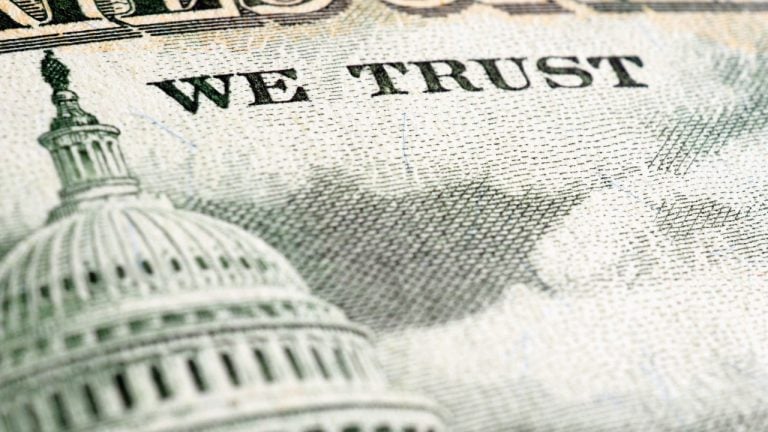
A professor from Cornell University has warned about the potential effects a collapse of a major stablecoin could have on the U.S. bond market. Eswar Prasad said that if large stablecoins face a collapse, the number of Treasury bonds they would need to sell could disrupt the U.S. Treasuries market, affecting prices.
Cornell Profesor Alerts About Stablecoin Collapse Danger
Eswar Prasad, an economics professor at Cornell University, has warned about the potential damage a bank run on a possible collapse of a major stablecoin could bring to the traditional finance system in the U.S. Although the most recent collapse in the crypto economy did not reach legacy finance structures, Prasad believes stablecoins and their operations present risks in this regard.
In an interview with CNBC, Prasad argued that stablecoins use U.S. treasuries as a backup to maintain the value of the peg. In the case that one of the big stablecoins in the market faces a collapse or a bank run, these organizations would have to redeem these bonds to process their own redemptions, affecting the treasuries market.
Prasad stated:
A large volume of redemptions even in a fairly liquid market can create turmoil in the underlying securities market. And given how important the Treasury securities market is to the broader financial system in the U.S. I think regulators are rightly concerned.
According to their report, all of the top three stablecoins possess a big number of U.S bonds in their treasuries. According to reports issued in November, the issuers of Circle, Tether, and Paxos, issuers of the top three stablecoins in the crypto market, would possess close to $60 billion in U.S. treasury bonds.
Incoming Regulation
While a clear regulatory framework for stablecoins in the U.S. has not yet been established to address potential problems from their collapse, regulation may be on the horizon. In December, Republican Senator Pat Toomey introduced the “Stablecoin Transparency of Reserves and Uniform Safe Transactions Act of 2022,” also known as the TRUST Act, with the goal of regulating stablecoin operations without hindering innovation.
Also, recently, the U.S. House Committee on Financial Services created the “first ever” Digital Assets, Financial Technology and Inclusion subcommittee, with the intention of providing clear rules for the digital cryptocurrency ecosystem, that might also include stablecoins in the future.
The stablecoin market was shaken in 2022, when a top-five algorithmic stablecoin, UST, collapsed and went from a capitalization of roughly $10 billion in January to only $215 million in December.
What do you think about the concerns about the effect of a stablecoin bank run on the U.S. bond market? Tell us in the comments section below.
Author: Bitcoin.com
Leave a Reply